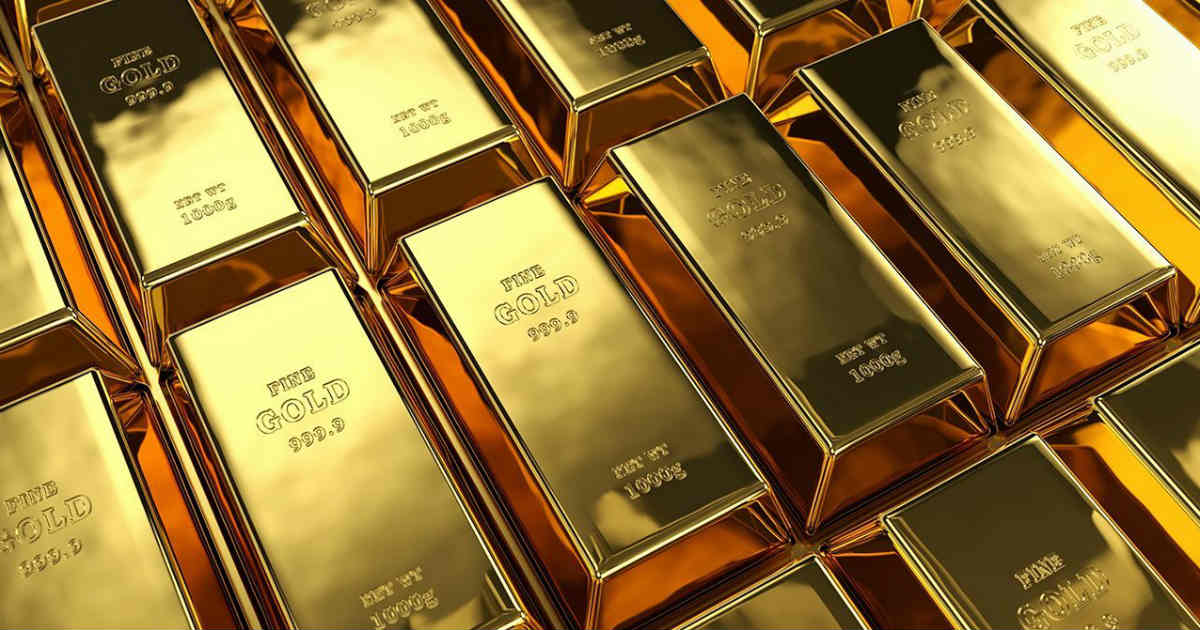
Are there some secret factors driving the price of gold?
There are many factors that give gold a special kind of allure that other investment assets do not have. It protects against inflation, negative economic growth or collapse, deflation and the effects of war. Investors enter the market not just to secure their wealth but they also enter the market with hopes of getting great returns. Inflation is a great market force but are there more factors that have propelled the price of gold by more than 370% over the last decade.
In the last 50 years, gold has performed well in inflationary conditions. According to the World gold Council, gold has had an annual return of 15% when inflation reached 3% and it has a 6% return when inflation was below 3%. Economic analysts have suggested that since the early 90’s the interaction of gold and inflation has been weakening. To understand why, we would need to understand other economic drivers: fear and opportunity costs.
Detractors of gold always point out that you cannot get an income by investing in gold and unlike some investments; it does not have a maturity date. This means that unlike most investment assets, the value of gold also depends on what people are willing to pay for it. When you look at it this way, you can deduce that there really is no good or bad time to sell bullion. Instead, gold should be thought of more as a medium to long term investment.
Gold against deflation
Deflation of the economy happens when the supply of currency and credit drop, so deflation is an indication of a falling economy. Prices fall, consumers tend to spend less and when this happens the economy suffers. When prices start to fall, companies tend to respond by slowing production. When this happens, companies may have to lay off their staff and reduce salaries. Basically, inflation reduces the value of currency and deflation does the opposite.
The Secret factor that influences the price of gold
There’s an emerging opinion about gold being an economic hedge. Some people believe that the price of gold is an indicator of confidence or lack thereof. A combination of inflation accompanying a loss of confidence in the economy or the U.S currency is likely to push the price of gold higher. An example of this happening is in the 1970’s when the confidence was low, gold prices rose higher but it began falling again when the confidence levels plummeted in the 1990s. Serious gold exponents would have you believe that the price of gold is always on the rise and you shouldn’t feel compelled to sell just because the inflation has risen.
Confidence in a currency will bolster its value; however it will have a negative impact on the price of gold. When investors lose confidence in currency and other conventional investment vehicles that is when they will turn to other alternatives like gold. Is there a sweet spot for buying or selling gold? There are a lot of theories that economic analysts have concocted of ether years but the turn of the matter is that gold is a very liquid asset; there will always be a bullion dealer who will be willing to pay a good amount of money to anyone who needs to sell bullion. Since no one can accurately predict the price of gold, the sale of gold should be a strategic move. Look at all the factors that are known to positively affect the gold price, but keep in mind that some of them weigh more on the price than others.
If market confidence can have a profound effect on major currencies, gold can also have a significant response to all these or one factors. What happens when people lose faith in their own countries’ currency? Yes, gold can provide safety for your wealth in times of economic turmoil and may even be used as currency when the currency is rendered obsolete. Like The Venezuelan Bolivar.



